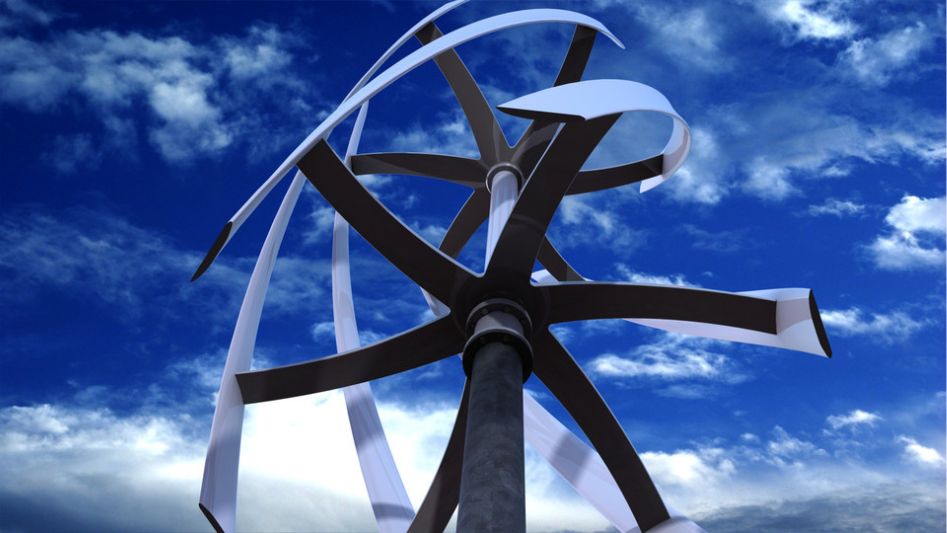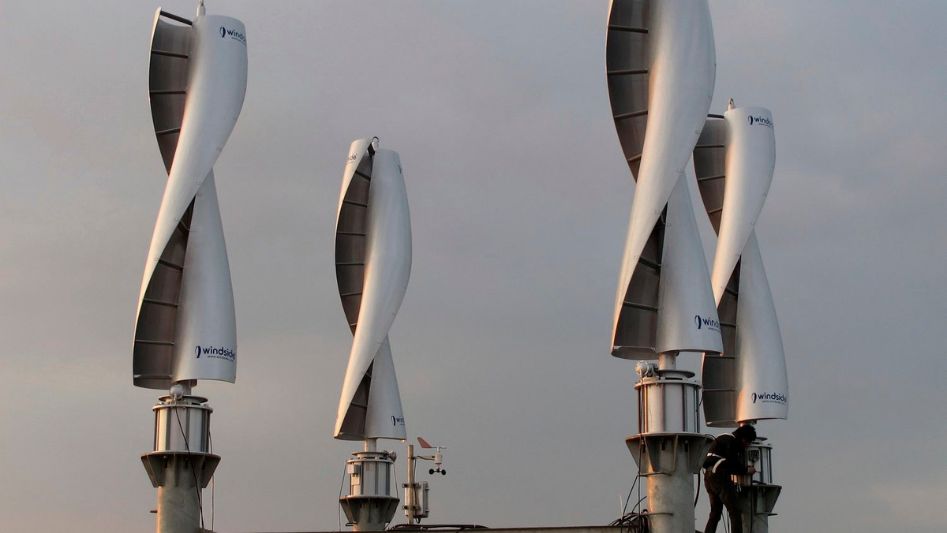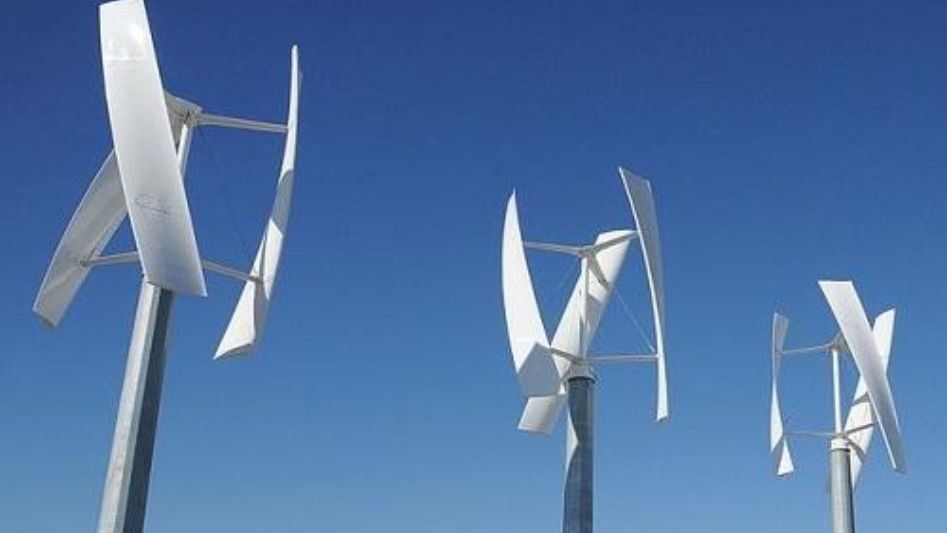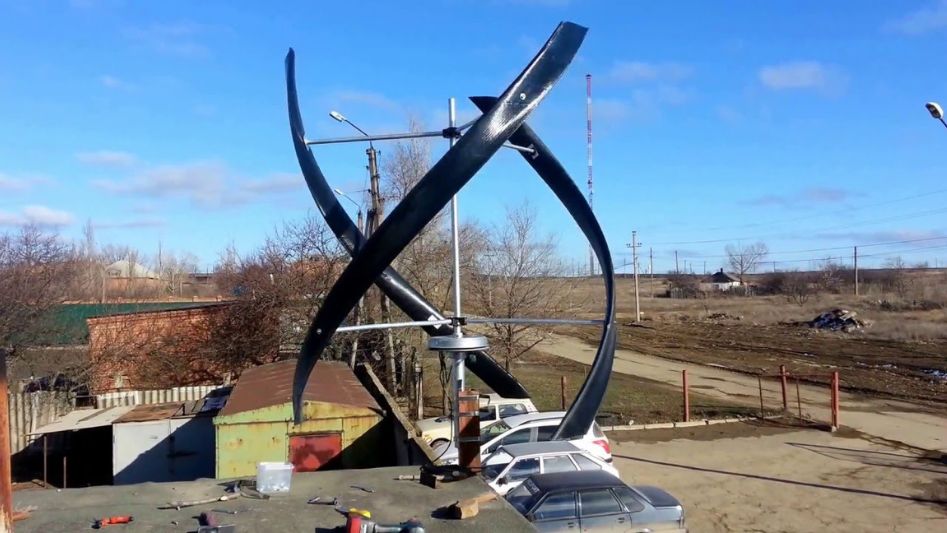A helical vertical axis wind turbine was built with the purpose of covering the electricity supply for a household with an average consumption of approximately 1500 kW/h per year.
Table Of Content
The helical wind turbine is an odd-looking piece of green technology that harnesses the power of the wind to generate electricity. In the vast majority of instances, the design of the helical wind turbine incorporates a spiral of some kind. These turbines frequently have the appearance of enormous drill bits or DNA helixes pointing upward. Although they can be found in a wide variety of styles, configurations, and even colors, helical wind turbines all share a common goal: to harness the wind’s potential to generate usable energy.

Helical Wind Turbine
In stark contrast to a conventional wind turbine, which is typically constructed along a horizontal axis line, a helical wind turbine is typically constructed along a vertical axis line. Instead of facing angrily forward like the enormous windmills that existed during the time of Don Quixote, the turbine has been designed to stare upward, specifically at the clouds. In its most fundamental configuration, the helical wind turbine is comprised of three airfoil blades that are affixed to a vertical rotor shaft. These blades spiral downward and feature a helical twist that is typically around sixty degrees in one-degree increments.
Georges Jean Marie Darrieus, a French engineer who specialized in the field of aeronautics, is credited with being the first person to conceive of the idea for the helical wind turbine in 1927. Darrieus conceived of and constructed a wind turbine that featured a main rotor shaft that ran in a vertical orientation. His invention, which he named the Darrieus wind turbine, was the progenitor of the modern helical wind turbine, which we use today. Even though it has since been discovered that his design has a number of shortcomings, the sheer ingenuity of the concept has been preserved and improved upon by a great number of modern engineers.
Helical wind turbines are notable for being comparatively quieter than other types of wind turbines. The blade tips of regular turbines frequently reach speeds that are very close to the speed of sound. Anyone in the vicinity may find the high-pitched screeching sound produced by this high airspeed to be grating and distracting. The structure of helical wind turbines makes it possible to achieve lower speeds all the way along the length of each blade. These slower speeds eliminate a significant portion of the irritating sound that is typically associated with wind turbines.
One more advantage of these turbines is that they can start turning and producing energy even if there is only a very slight presence of wind and the wind speed is quite low. After a significant amount of wind has been required to get the blades of a conventional turbine spinning, the motion can then be maintained by moderate or even low amounts of wind. Helical wind turbines can be started up with hardly any wind at all, and in fact, they are frequently found to be in full motion with only the slightest breezes. [Case in point:]
On the other hand, these turbines can also be used in regions where the wind speed is too high for the safe operation of conventional turbines. This allows for more versatility in terms of their application. When the wind speed exceeds a certain threshold, it is necessary for regular turbines to be stopped and secured. Because of the way it is constructed, a standard wind turbine has the potential to become a threat to public safety in locations that experience high wind speeds or when severe weather is present. Even when operating in the most hazardous conditions, helical wind turbines are safe to use.

The fact that helical wind turbines can be installed in urban areas with much less difficulty is yet another significant benefit offered by these machines. In order to get the most use out of conventional turbines, they typically need to be installed at a great height above the ground. Helical wind turbines, on the other hand, are able to be mounted relatively close to the ground or even simply installed on the top of a building with very little additional height required. Because of this, it is becoming increasingly common to find wind turbines like these in residential neighborhoods, on rooftops, in backyards, and even in airports and other types of commercial structures.
Conclusion
Although they can be found in a wide variety of styles, configurations, and even colors, helical wind turbines all share a common goal: to harness the wind’s potential to generate usable energy. The regular wind turbine, on the other hand, is typically crafted along a horizontal axis line, whereas the helical wind turbine is generally crafted along a vertical axis line. His invention, which he named the Darrieus wind turbine, was the progenitor of the modern helical wind turbine, which we use today.
FAQ
What is meant by the term “helix wind turbine”?
The Wind of Change Helix wind turbines can be safely installed on the wall, the pole, or the roof of the building. It does this by harnessing the natural, regenerative power of the wind and turning it into electricity. Because of this, the wind turbine in question is one of the most cost-effective energy systems for fixed, residential, commercial, public, and mobile usage. Moreover, it is mobile.

How does a helix turbine generate power?
The turbines feature scoops, or aerofoils, positioned around a vertical shaft, and they are rotated by the wind. Unlike most current wind turbine blades, the scoops do not create lift, and thus they can travel only as fast as the wind.
Are helical wind turbines efficient?
In addition to having a one-of-a-kind and (subjectively speaking) appealing design, they are more energy efficient than the typical VAWT. Because helical wind turbines come with rotor shafts that are aligned vertically, you can put several of them on your property or roof very close to each other.
You May Also Like
- What if Wind Farms Could Power the World?
- The Future of Wind Turbines? No Blades
- What Is The Swept Area Of A VAWT?
- How Large Is This Hybrid Solar & Wind Energy Facility In Europe?
- Windmill vs. Wind Turbine: What’s the Difference?

